
None of those votes led to any permanent changes. But votes by Puerto Ricans alone can't change the island's status. Since Puerto Rico is a U.S. territory, it's up to the U.S. Congress to pass a statute to change the situation.
An Unincorporated Territory
The United States claimed Puerto Rico after defeating Spain in the Spanish-American War in 1898. It designated Puerto Rico as an unincorporated territory. The United States used that designation to acquire overseas territories without providing a clear path to statehood for them.
Initially, the U.S. military controlled Puerto Rico. But in 1900, the U.S.
Congress passed the Foraker Act. It set up a "temporary civilian government," which gave Puerto Rico some autonomy. Puerto Ricans elected representatives to a one-house legislative assembly. They also elected a non-voting resident commissioner with limited powers to represent Puerto Rico's interests in the U.S. Congress. But the U.S. president appointed the territorial governor as well as an executive council. The president also appointed judges to a supreme court. Meanwhile, U.S. federal laws went into effect on the island.
In 1917, the United States passed the Jones-Shafroth Act. Puerto Rico's legislative body was expanded from one house to two houses-a House and a Senate. Both houses were elected by Puerto Ricans. The resident commissioner remained non-voting, but that office was granted more privileges in Congress. But the U.S. president still appointed the governor and more than half of the department heads. And the U.S. president and the governor retained veto power over the Puerto Rican legislature.
Esta historia es de la edición March 2023 de Cobblestone American History Magazine for Kids.
Comience su prueba gratuita de Magzter GOLD de 7 días para acceder a miles de historias premium seleccionadas y a más de 9,000 revistas y periódicos.
Ya eres suscriptor ? Conectar
Esta historia es de la edición March 2023 de Cobblestone American History Magazine for Kids.
Comience su prueba gratuita de Magzter GOLD de 7 días para acceder a miles de historias premium seleccionadas y a más de 9,000 revistas y periódicos.
Ya eres suscriptor? Conectar
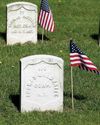
Putting the Pieces Together
Americans needed to begin to put the past behind them, come together, and plan for the future in the spring of 1865. But Abraham Lincoln, the man best equipped to lead them and who had hoped to restore the country as smoothly and peacefully as possible, had been assassinated.
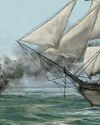
LAST SHOTS
The last Confederate forces in the Civil War didn’t surrender in the spring of 1865 or on a battlefield.
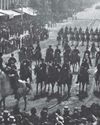
AND IN OTHER 1865 NEWS
A group of African Americans stop at the White House’s annual public reception on January 1, where they shake hands with President Abraham Lincoln.
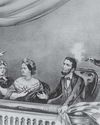
A Plot to Kill President the
For several months, actor John Wilkes Booth’s band of conspirators had plotted to capture President Abraham Lincoln and hold him hostage in exchange for Confederate prisoners.
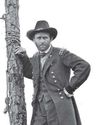
Let the Thing Be Pressed
In June 1864, Union Lieutenant General Ulysses S. Grant began a nearly 10-month campaign in Virginia.
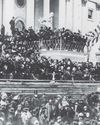
HEALING THE NATION
President Abraham Lincoln took the oath of office for the second time on March 4, 1865.

A Helping Hand
The spring season is hard in any agricultural society. Plants and animals are too small to eat.
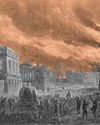
WAR SHERMAN-STYLE
As far as Union Major General William T. Sherman was concerned, the Civil War had gone on long enough.
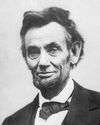
PEACE TALKS
The fall of Fort Fisher made clear that the Confederacy’s days were numbered. Southerners were tired and hungry.
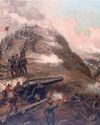
FORT FISHER'S FALL
Outnumbered Confederate soldiers inside Fort Fisher were unable to withstand the approach of Union troops by land and the constant Union naval bombardment from the sea.